Home>Technology>Home Entertainment Systems>Where To Place Subwoofer In Home Theater
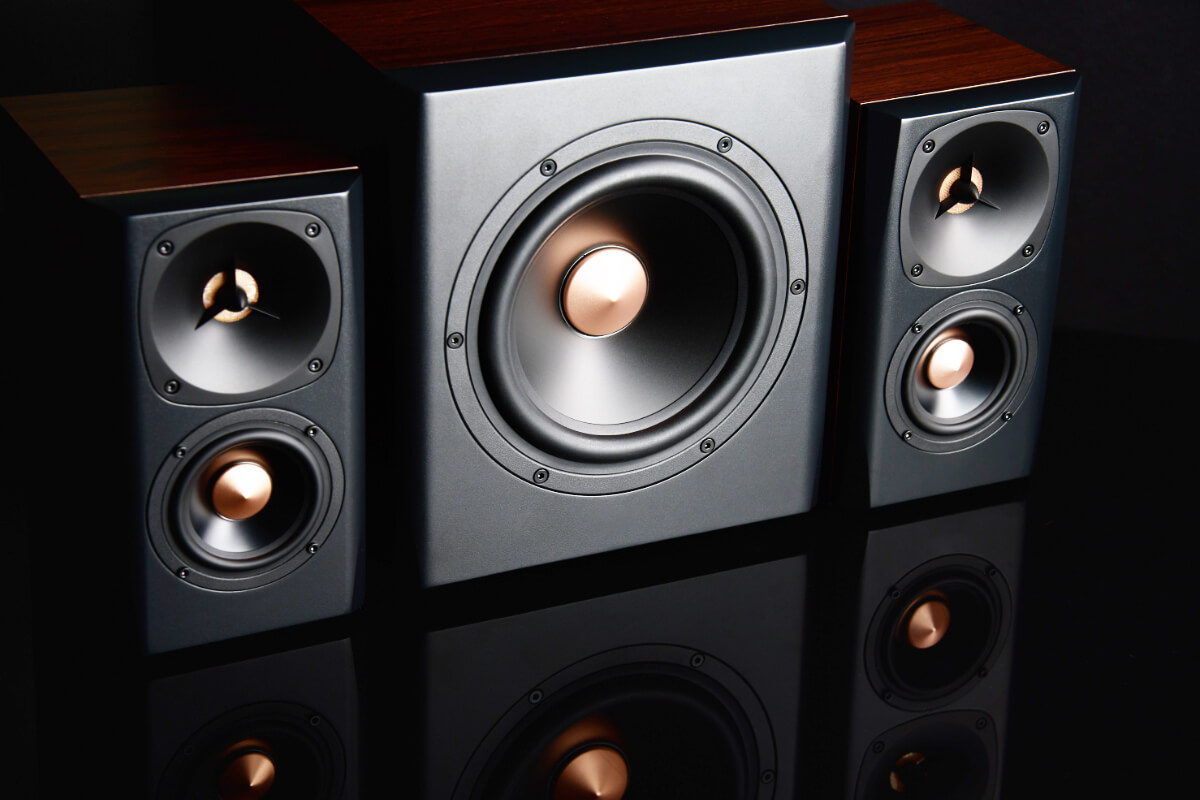

Home Entertainment Systems
Where To Place Subwoofer In Home Theater
Modified: February 18, 2024
Discover the best placement for your subwoofer in your home entertainment system for optimal sound quality and immersive movie experiences. Learn where to position your subwoofer in your home theater setup.
(Many of the links in this article redirect to a specific reviewed product. Your purchase of these products through affiliate links helps to generate commission for Storables.com, at no extra cost. Learn more)
Introduction
The subwoofer is the unsung hero of any home entertainment system. It's the component responsible for delivering those deep, rumbling bass notes that can make action scenes come alive and music feel more immersive. However, the placement of the subwoofer within a home theater setup is often overlooked or underestimated. Many homeowners simply tuck it away in a corner or under a table without realizing the impact it can have on the overall sound quality.
Proper subwoofer placement is crucial for achieving the best possible audio experience. When strategically positioned, the subwoofer can fill the room with rich, balanced bass, enhancing the realism and impact of movies, music, and games. On the other hand, haphazard placement can result in uneven bass response, muddied sound, and an overall lackluster listening experience.
In this comprehensive guide, we will delve into the art and science of subwoofer placement in a home theater environment. We'll explore the ideal locations for placing a subwoofer, common mistakes to avoid, and practical tips for optimizing its placement to achieve optimal audio performance. Whether you're a seasoned audiophile or a casual movie buff looking to elevate your home entertainment experience, understanding the significance of subwoofer placement is essential for unlocking the full potential of your audio system.
By the end of this guide, you'll have a clear understanding of how to position your subwoofer for maximum impact, ensuring that every movie explosion, bass guitar riff, and deep cinematic soundtrack reverberates through your home theater with precision and power. Let's embark on this sonic journey and uncover the secrets to unlocking the true potential of your subwoofer within your home entertainment system.
Key Takeaways:
- Placing your subwoofer in the right spot is crucial for awesome sound. Try the “subwoofer crawl” to find the perfect location and avoid common mistakes like random placement and neglecting room modes.
- Symmetrical placement, experimenting with positions, and fine-tuning settings can optimize your subwoofer’s performance. This ensures balanced bass and seamless integration with your main speakers for a captivating audio experience.
Read more: Where To Place Home Theater Speakers
Importance of Subwoofer Placement
The placement of a subwoofer within a home theater system holds immense significance in shaping the overall audio experience. A subwoofer is designed to reproduce low-frequency sound, commonly referred to as bass, which adds depth, impact, and realism to audio content. When strategically positioned, the subwoofer can seamlessly integrate with the other speakers in the system, creating a cohesive and immersive soundstage. Conversely, haphazard placement can lead to uneven bass response, sonic imbalances, and a lackluster listening experience.
One of the primary reasons why subwoofer placement is crucial lies in its role in reproducing low-frequency effects (LFE) in movies and music. In cinematic experiences, the subwoofer is responsible for delivering the deep rumble of explosions, the reverberating thud of a bass drum, and the ominous growl of a menacing soundtrack. Similarly, in music, the subwoofer adds weight and presence to bass lines, enhancing the overall impact of the sound. Proper placement ensures that these low-frequency effects are reproduced accurately and cohesively, elevating the immersive quality of movies and music.
Moreover, the placement of the subwoofer directly influences the interaction of sound waves within the room. Low-frequency sound waves are more prone to interference and room resonances, which can result in peaks and nulls in the bass response at different locations. Strategic placement can help mitigate these issues, leading to a more even distribution of bass throughout the listening area. This, in turn, contributes to a more balanced and natural sound reproduction, free from the distortions and inconsistencies that can arise from improper placement.
Furthermore, subwoofer placement plays a pivotal role in achieving seamless integration between the subwoofer and the main speakers. When positioned correctly, the subwoofer can blend harmoniously with the sound produced by the front, center, and surround speakers, creating a cohesive sonic landscape. This integration is essential for maintaining a consistent tonal balance across all frequencies, ensuring that the transition between the main speakers and the subwoofer is smooth and imperceptible to the listener.
In essence, the importance of subwoofer placement cannot be overstated. It directly impacts the accuracy, balance, and immersion of the audio experience, whether it's the thunderous impact of a movie explosion or the pulsating rhythm of a bass-heavy track. By understanding the significance of subwoofer placement and implementing strategic positioning, enthusiasts can unlock the full potential of their home entertainment systems, immersing themselves in a world of captivating soundscapes and visceral auditory experiences.
Ideal Placement for Subwoofer in Home Theater
The ideal placement of a subwoofer within a home theater environment is a critical factor in optimizing the audio performance and ensuring a balanced, immersive listening experience. While the specific layout of a room and the configuration of the home entertainment system can influence the precise placement, several general guidelines can help enthusiasts achieve optimal results.
-
Front and Center: Placing the subwoofer at the front and center of the listening area is a popular and effective strategy. This position allows the subwoofer to anchor the low-frequency soundstage, providing a solid foundation for the audio experience. By aligning the subwoofer with the front speakers, it can seamlessly integrate with the overall sound, enhancing the cohesion and impact of the bass.
-
Symmetrical Placement: When using a single subwoofer, symmetrical placement within the room can contribute to a more balanced bass response. Placing the subwoofer equidistant from the side walls and the front wall can help minimize the impact of room modes and standing waves, leading to a more uniform distribution of bass throughout the listening area.
-
Corner Loading: Placing the subwoofer in a corner of the room can yield significant bass reinforcement, as the boundaries of the walls can amplify low-frequency sound waves. This positioning can enhance the perceived output of the subwoofer, providing a more impactful and resonant bass response. However, care should be taken to avoid excessive bass buildup, which can lead to boomy or overpowering bass.
-
Experimentation: Given the influence of room acoustics and layout on bass response, enthusiasts are encouraged to experiment with different placements to find the optimal position for their subwoofer. Utilizing the "subwoofer crawl" technique, where the subwoofer is temporarily placed at the primary listening position and then moved around the room while listening for the most balanced bass, can help identify the ideal placement.
-
Integration with Main Speakers: Ensuring seamless integration between the subwoofer and the main speakers is paramount. The crossover frequency, which determines the point at which the main speakers hand off the bass to the subwoofer, should be carefully calibrated to achieve a smooth transition. This integration can be further enhanced by adjusting phase and volume settings to achieve a cohesive sonic blend.
By adhering to these guidelines and considering the unique characteristics of the listening environment, enthusiasts can position their subwoofers for optimal performance, harnessing the full potential of low-frequency reproduction within their home theater systems. The ideal placement of a subwoofer is a fundamental step in creating a captivating and immersive audio experience, where every deep rumble and thunderous impact resonates with precision and power.
Common Mistakes in Subwoofer Placement
Improper subwoofer placement can significantly detract from the overall audio experience, leading to distorted bass, uneven sound distribution, and a lack of cohesion within the home theater environment. Recognizing and avoiding common mistakes in subwoofer placement is essential for enthusiasts seeking to optimize their audio systems. Here are some prevalent errors to steer clear of:
Placing the Subwoofer in a Random Location:
One of the most common mistakes is haphazardly positioning the subwoofer without considering its interaction with the room acoustics and the overall audio setup. Placing the subwoofer in a random location, such as a corner or against a wall, without assessing its impact on bass response can lead to imbalanced sound and a lack of precision in low-frequency reproduction.
Neglecting Room Modes and Standing Waves:
Failing to account for room modes and standing waves can result in significant bass irregularities. These acoustic phenomena can cause certain frequencies to be reinforced or canceled out at different locations within the room, leading to peaks and nulls in the bass response. Neglecting to address these issues can result in an uneven and unpredictable bass performance.
Overlooking Integration with Main Speakers:
Inadequate integration between the subwoofer and the main speakers can lead to a disjointed audio experience. Neglecting to calibrate the crossover frequency, phase, and volume settings can result in a noticeable gap between the bass produced by the subwoofer and the sound from the main speakers. This can lead to a lack of coherence and impact in the lower frequencies.
Placing the Subwoofer Too Close to Walls:
Positioning the subwoofer too close to walls or corners can exacerbate bass buildup and resonance, leading to boomy and overpowering low-frequency output. While corner loading can enhance bass reinforcement, excessive proximity to room boundaries can result in an unbalanced and unnatural bass response, detracting from the overall audio quality.
Ignoring the "Subwoofer Crawl" Technique:
Failing to experiment with different subwoofer placements using the "subwoofer crawl" technique can prevent enthusiasts from identifying the optimal position for the subwoofer. This method involves temporarily placing the subwoofer at the primary listening position and then moving it around the room while listening for the most balanced bass response. Ignoring this experimentation can lead to missed opportunities for achieving the best possible bass performance.
By recognizing and avoiding these common mistakes, enthusiasts can elevate their home theater audio experience by ensuring that the subwoofer is positioned optimally, contributing to a cohesive, balanced, and immersive soundstage.
Read more: How To Set Up A Home Theater Subwoofer
Tips for Optimizing Subwoofer Placement
Optimizing the placement of a subwoofer within a home theater environment is a nuanced endeavor that requires careful consideration of room acoustics, speaker configuration, and listening preferences. By implementing the following tips, enthusiasts can fine-tune the placement of their subwoofers to achieve exceptional bass performance and a captivating audio experience.
1. Utilize Room Calibration Tools:
Many modern AV receivers and subwoofer amplifiers are equipped with room calibration systems that utilize microphones to analyze the acoustic characteristics of the listening environment. Leveraging these tools can aid in determining the optimal placement for the subwoofer and fine-tuning its settings to compensate for room resonances and acoustic anomalies. By following the calibration process, enthusiasts can achieve a more accurate and balanced bass response tailored to their specific room.
2. Experiment with Multiple Positions:
Rather than settling for the first available spot, enthusiasts should experiment with multiple subwoofer positions to identify the placement that yields the most balanced bass response. The "subwoofer crawl" technique, which involves temporarily positioning the subwoofer at the primary listening area and then moving it around the room while listening for optimal bass performance, can provide valuable insights into the impact of different placements on bass quality. By systematically exploring various positions, enthusiasts can pinpoint the location that maximizes bass impact and coherence.
3. Consider Bass Traps and Acoustic Treatments:
In rooms where bass irregularities and standing waves are prevalent, the strategic placement of bass traps and acoustic treatments can complement subwoofer positioning efforts. Bass traps, which are designed to absorb low-frequency sound waves, can help mitigate room modes and bass resonances, leading to a more uniform bass response. Additionally, acoustic panels and diffusers can contribute to a more balanced acoustic environment, enhancing the overall clarity and precision of low-frequency reproduction.
4. Opt for Symmetrical Placement:
When using a single subwoofer, symmetrical placement within the room can contribute to a more consistent bass distribution. Placing the subwoofer equidistant from the side walls and the front wall can help minimize the impact of room modes and standing waves, resulting in a more uniform bass response across the listening area. This symmetrical approach can aid in achieving a balanced and cohesive sonic experience.
5. Fine-Tune Phase and Crossover Settings:
Adjusting the phase and crossover settings of the subwoofer in conjunction with the main speakers is crucial for seamless integration and optimal bass reproduction. By carefully calibrating the phase to ensure alignment with the main speakers and adjusting the crossover frequency to delineate the frequency range handled by the subwoofer, enthusiasts can achieve a smooth transition between the main speakers and the subwoofer, enhancing the overall coherence and impact of the bass frequencies.
By incorporating these tips into the process of subwoofer placement, enthusiasts can elevate their home theater audio experience, unlocking the full potential of their subwoofers and immersing themselves in a world of captivating soundscapes and visceral auditory experiences.
Conclusion
In conclusion, the placement of a subwoofer within a home theater system is a critical factor that significantly influences the overall audio experience. By strategically positioning the subwoofer, enthusiasts can unlock the full potential of their home entertainment systems, immersing themselves in a world of captivating soundscapes and visceral auditory experiences. Throughout this guide, we have explored the importance of subwoofer placement, the ideal positioning strategies, common mistakes to avoid, and practical tips for optimizing placement.
Understanding the significance of subwoofer placement is essential for enthusiasts seeking to elevate their audio experience. The subwoofer serves as the cornerstone of low-frequency reproduction, adding depth, impact, and realism to movies, music, and games. Proper placement ensures that the subwoofer seamlessly integrates with the main speakers, creating a cohesive and immersive soundstage. Moreover, it mitigates the impact of room resonances and standing waves, leading to a more balanced and natural sound reproduction.
The ideal placement of a subwoofer involves careful consideration of factors such as symmetry, room calibration, and integration with main speakers. By adhering to these guidelines and experimenting with different positions, enthusiasts can identify the optimal placement that maximizes bass impact and coherence. Additionally, the strategic use of bass traps and acoustic treatments can complement subwoofer positioning efforts, contributing to a more uniform bass response and enhanced acoustic clarity.
Furthermore, the calibration of phase and crossover settings is crucial for achieving seamless integration and optimal bass reproduction. By fine-tuning these settings, enthusiasts can ensure a smooth transition between the main speakers and the subwoofer, enhancing the overall coherence and impact of the bass frequencies.
In essence, the art and science of subwoofer placement are integral to creating a captivating and immersive audio experience within a home theater environment. By recognizing the importance of subwoofer placement and implementing strategic positioning, enthusiasts can unleash the full potential of their home entertainment systems, ensuring that every deep rumble and thunderous impact resonates with precision and power.
As enthusiasts embark on the journey of optimizing subwoofer placement, they are poised to transform their home theaters into immersive sonic sanctuaries, where every movie explosion, bass guitar riff, and deep cinematic soundtrack reverberates with unparalleled realism and impact. With a keen understanding of subwoofer placement, enthusiasts can embark on a sonic adventure, embracing the transformative power of precision bass reproduction and elevating their audio experiences to new heights.
Frequently Asked Questions about Where To Place Subwoofer In Home Theater
Was this page helpful?
At Storables.com, we guarantee accurate and reliable information. Our content, validated by Expert Board Contributors, is crafted following stringent Editorial Policies. We're committed to providing you with well-researched, expert-backed insights for all your informational needs.
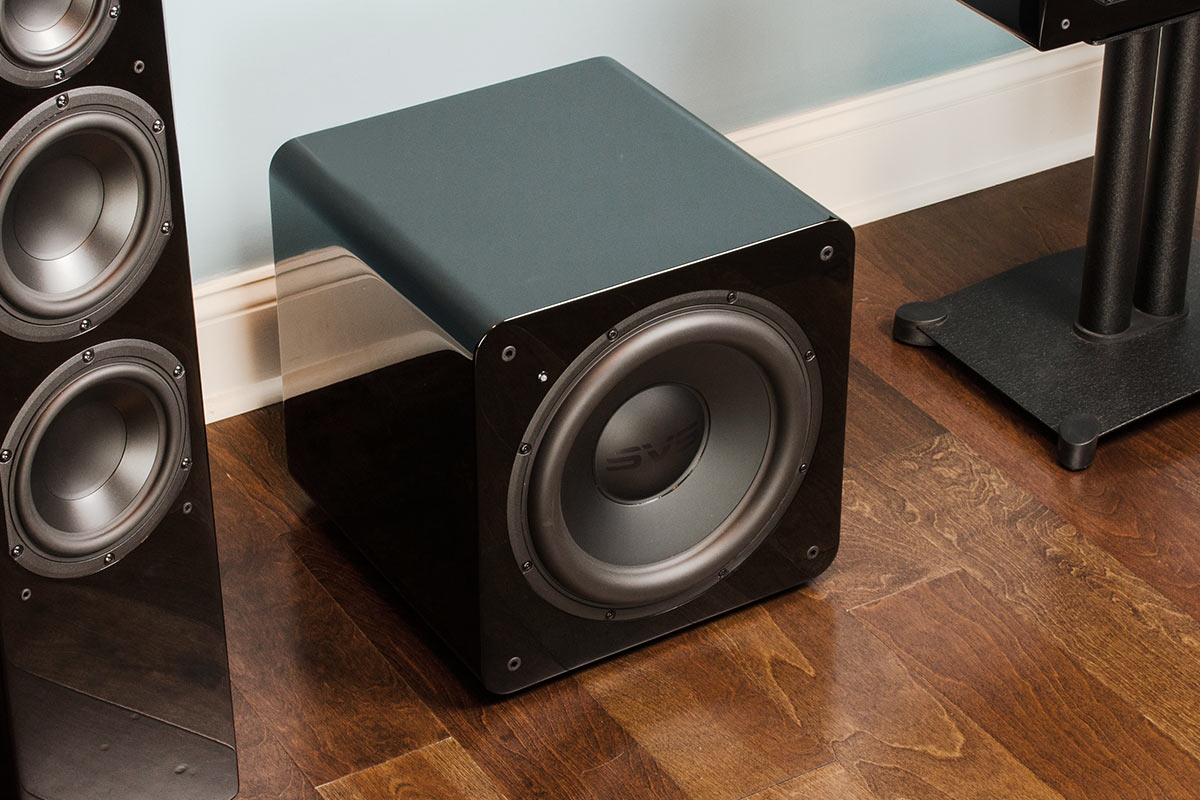
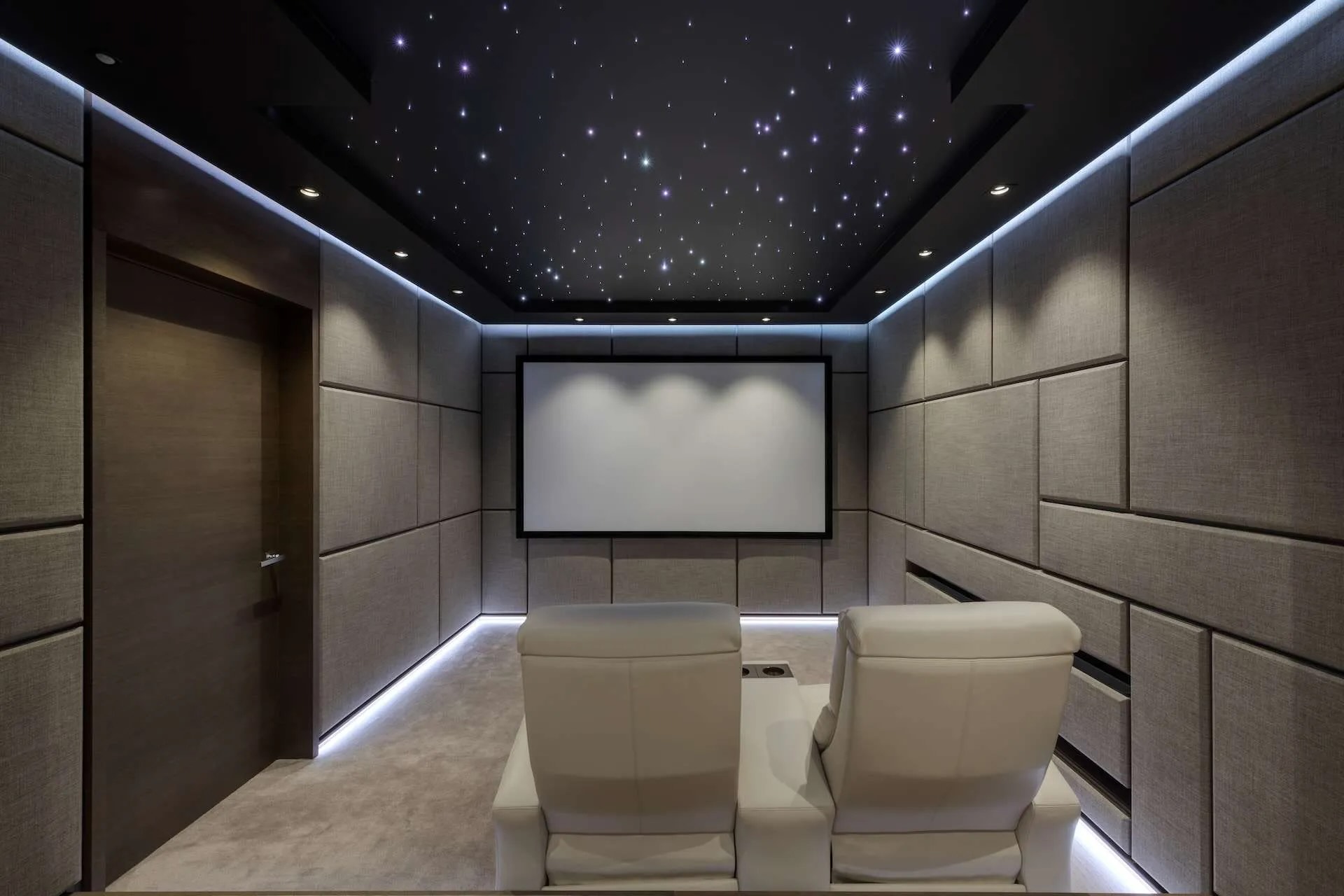
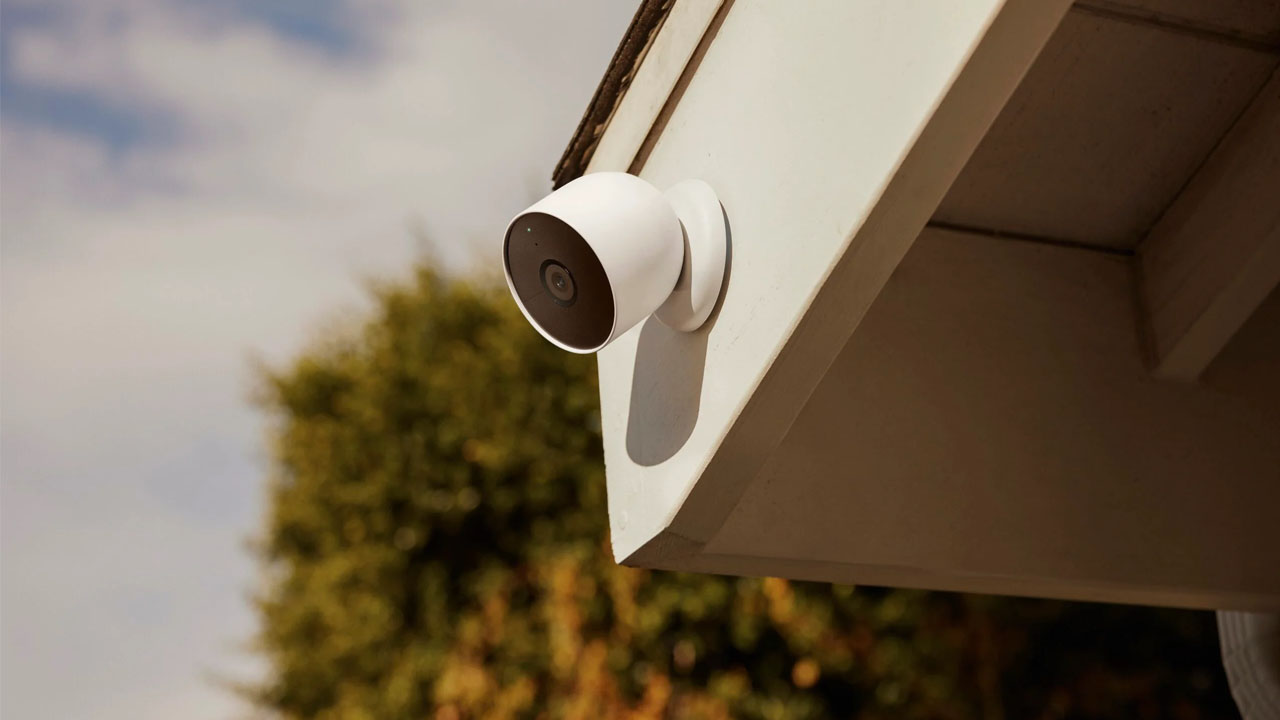
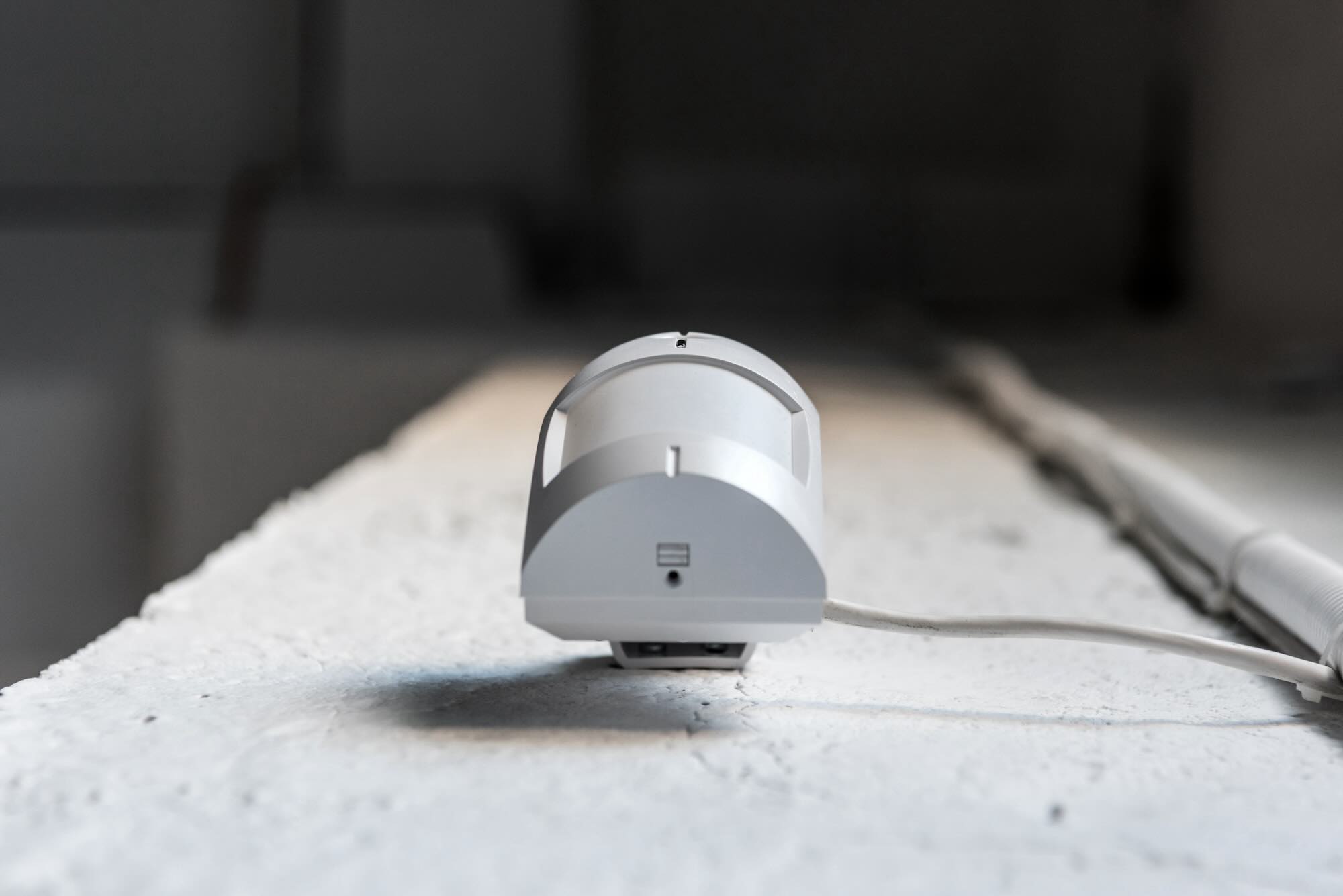
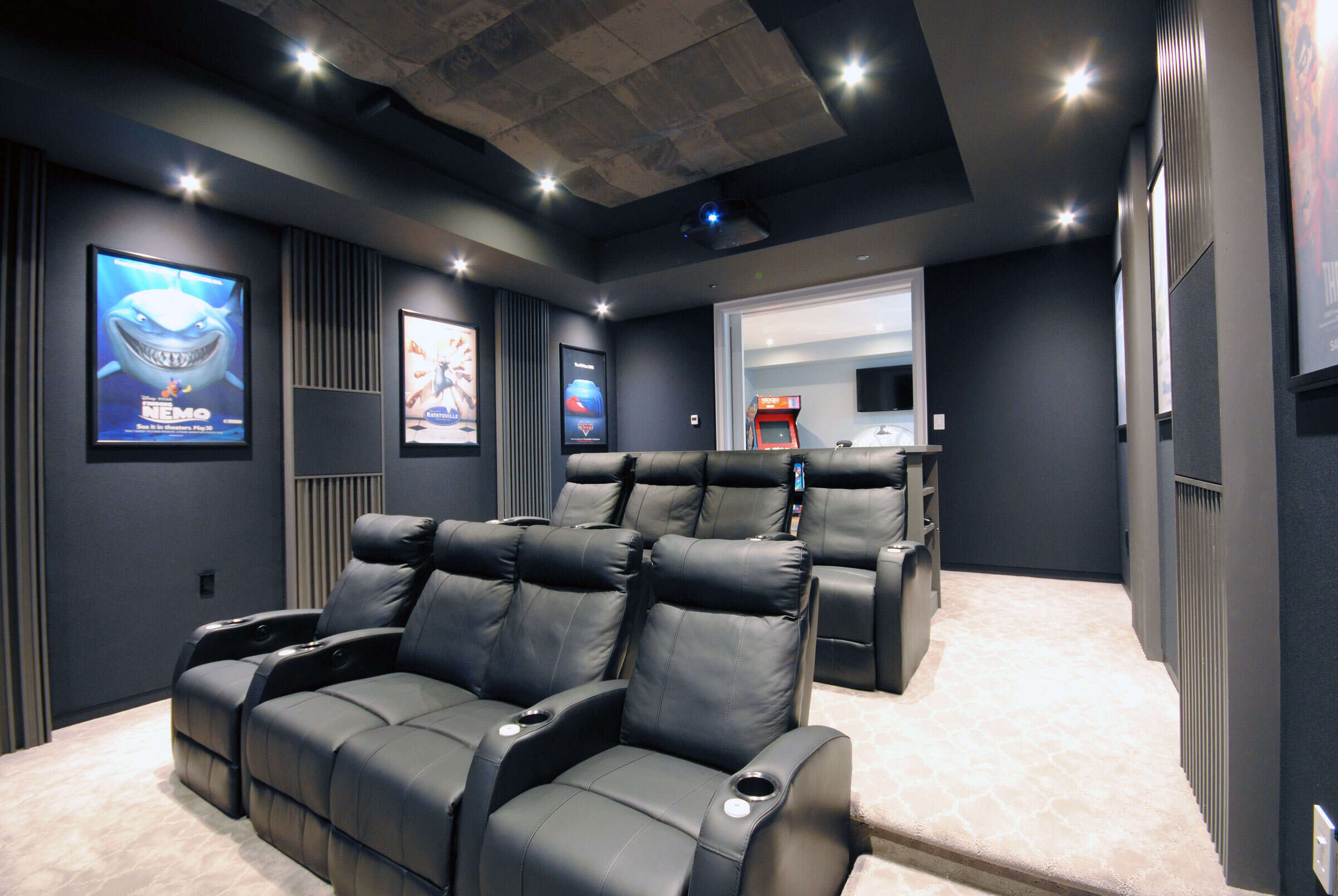
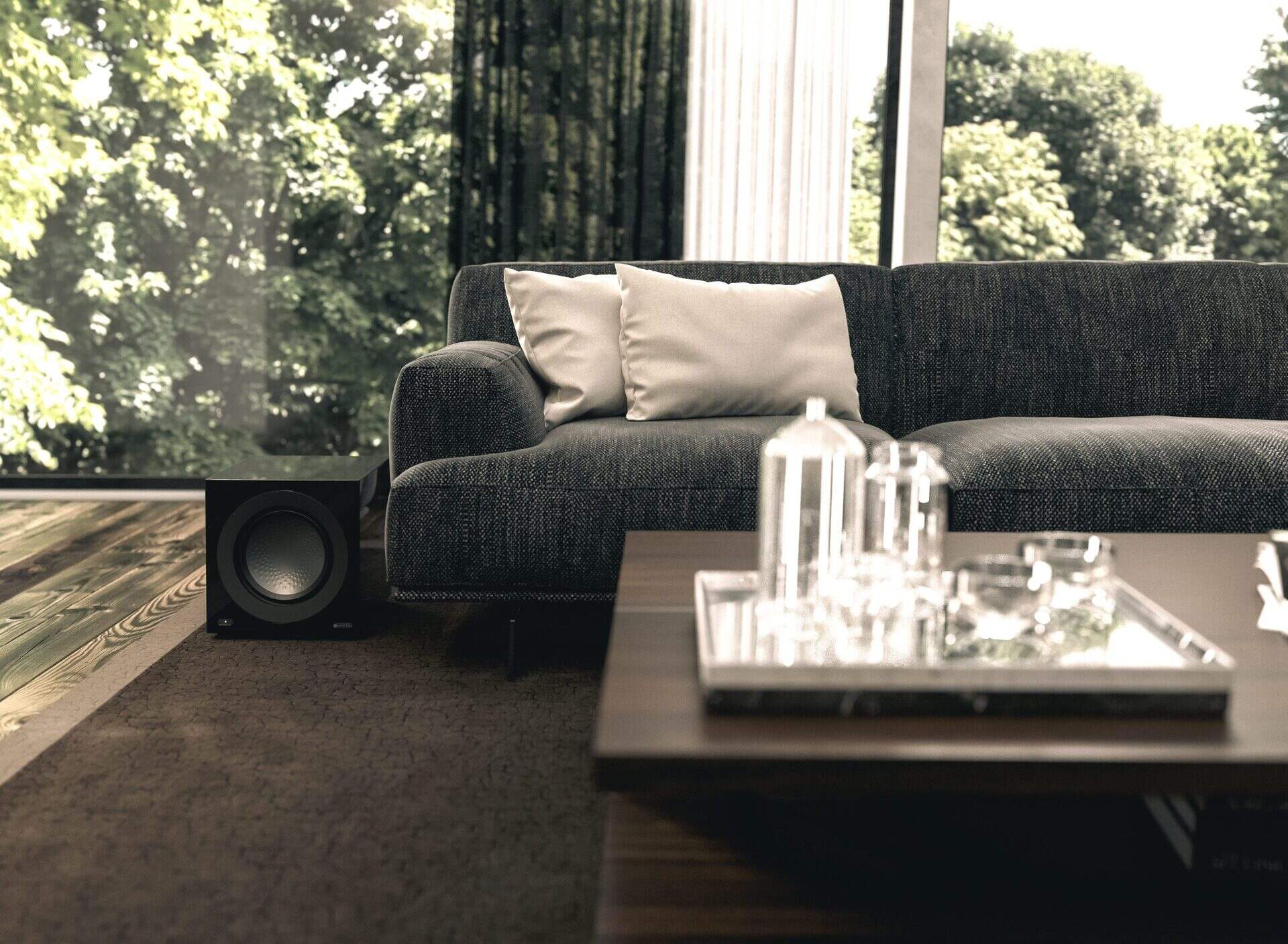
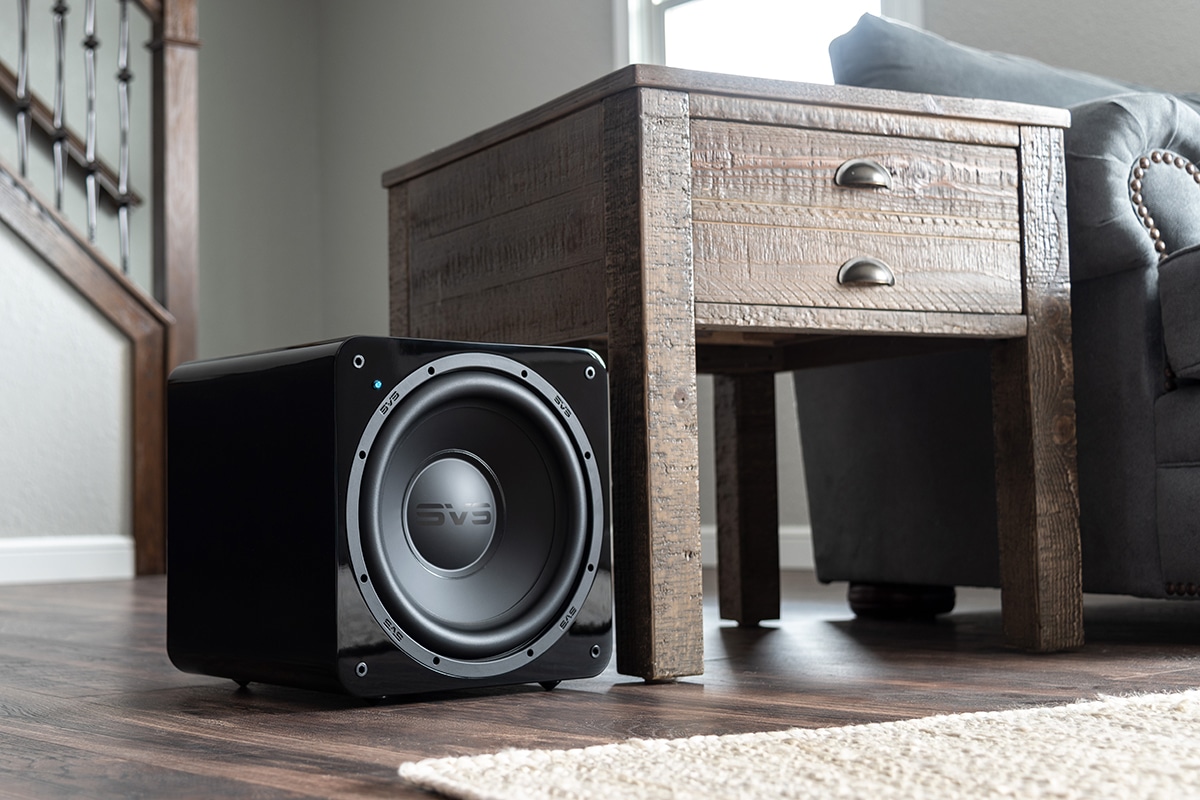
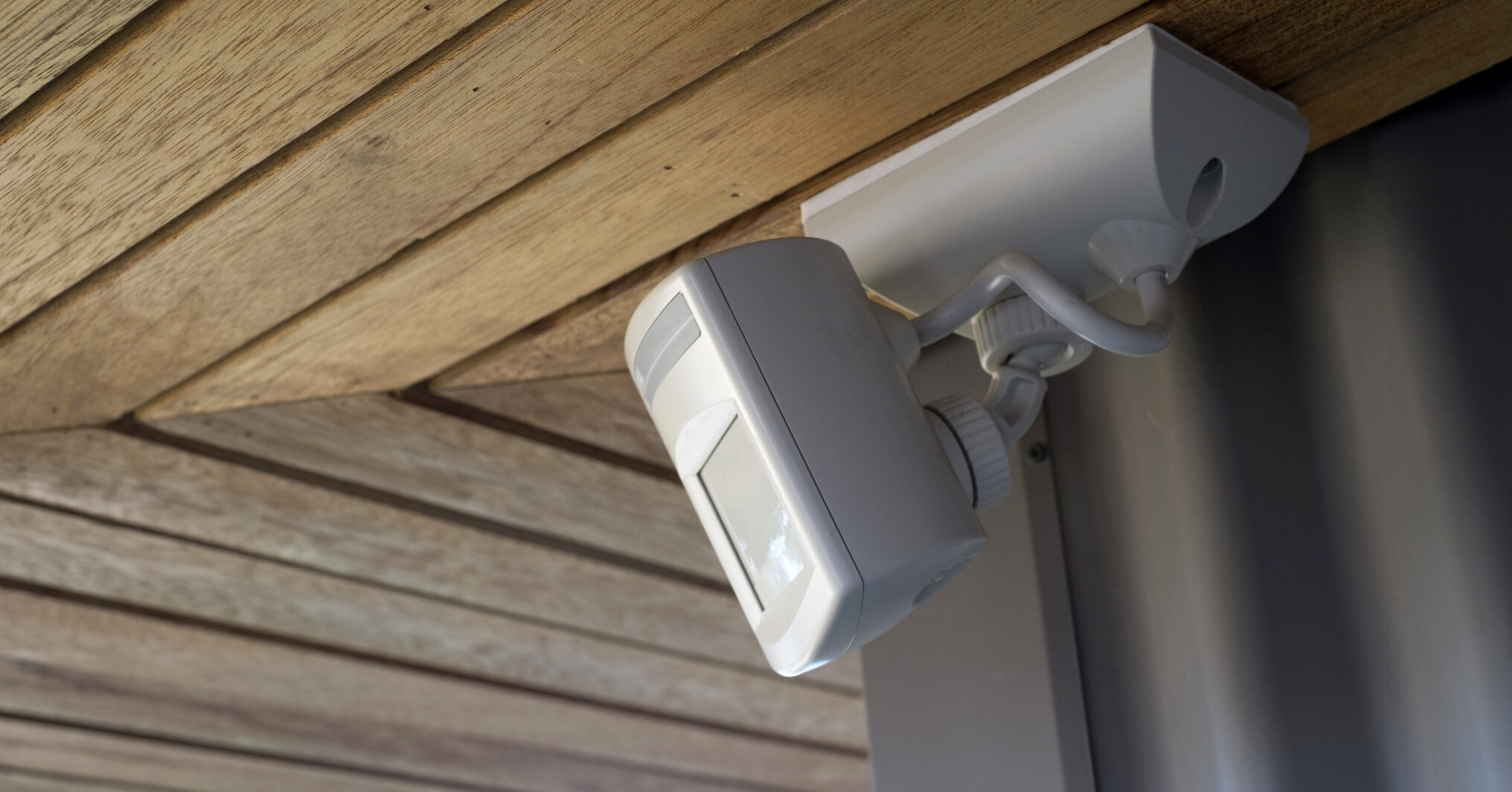
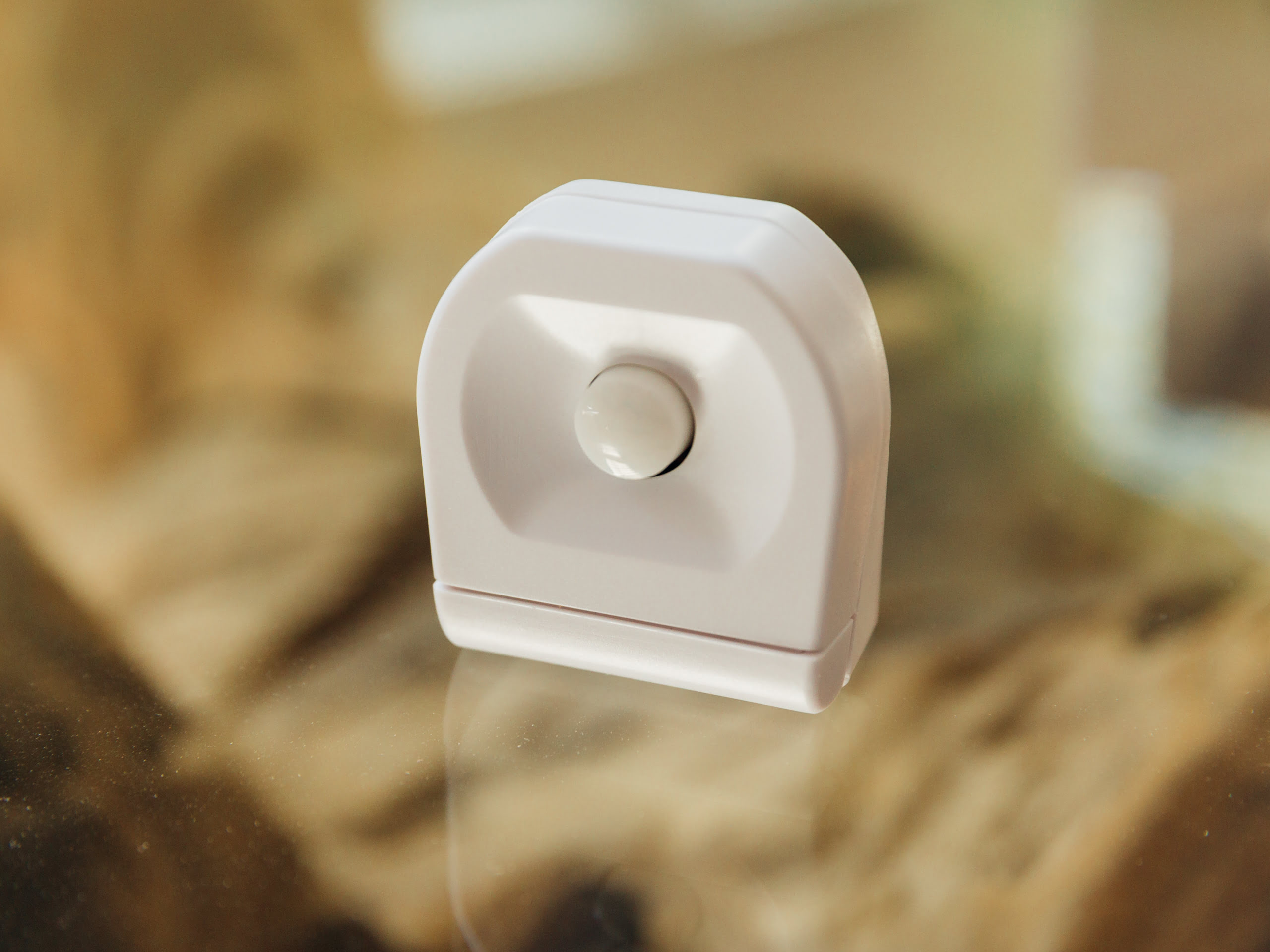




0 thoughts on “Where To Place Subwoofer In Home Theater”